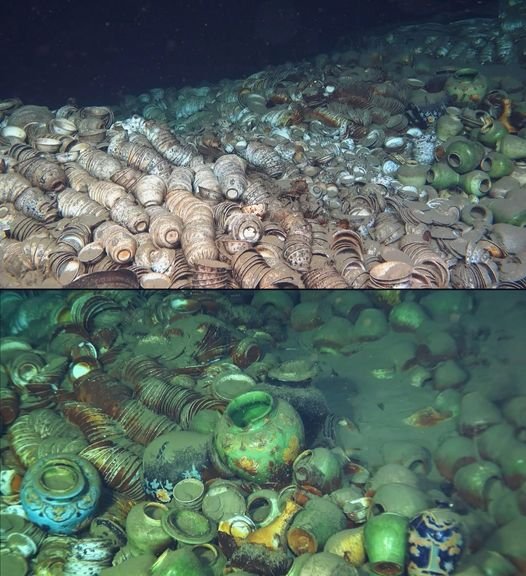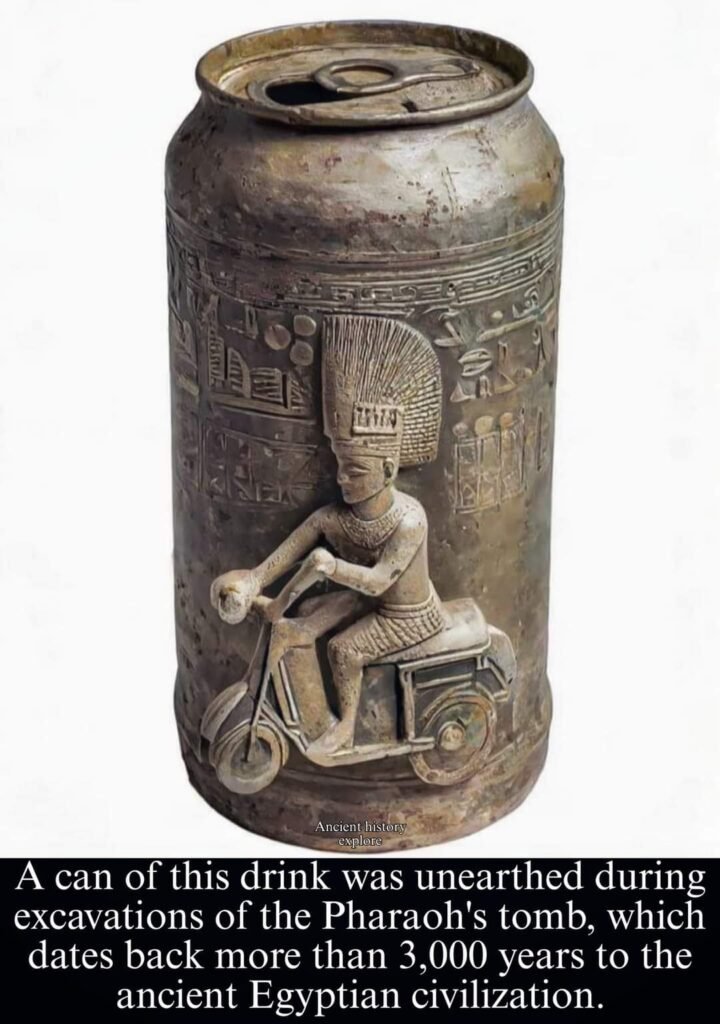The discovery of over 100,000 ceramic wares from two Chinese shipwrecks in the South China Sea is a significant archaeological find. Dated to the Ming dynasty, specifically between 1506 and 1522, these artifacts provide valuable insights into maritime trade, cultural exchange, and the craftsmanship of the period.

The shipwrecks, located at a depth of 1500 meters, suggest that they were part of extensive trade networks that connected China with other regions, including Southeast Asia and beyond. The ceramics likely include various types of pottery, such as porcelain, which was highly prized both domestically and internationally during the Ming dynasty.
This discovery not only enhances our understanding of the economic and cultural dynamics of the time but also raises questions about the maritime routes used by traders and the types of goods that were exchanged. The preservation of such a large quantity of artifacts at this depth also offers opportunities for further research into underwater archaeology and conservation techniques.
Overall, this find is a remarkable contribution to the study of Chinese history and maritime archaeology, shedding light on the sophistication of Ming dynasty trade practices and the global interactions of that era.

